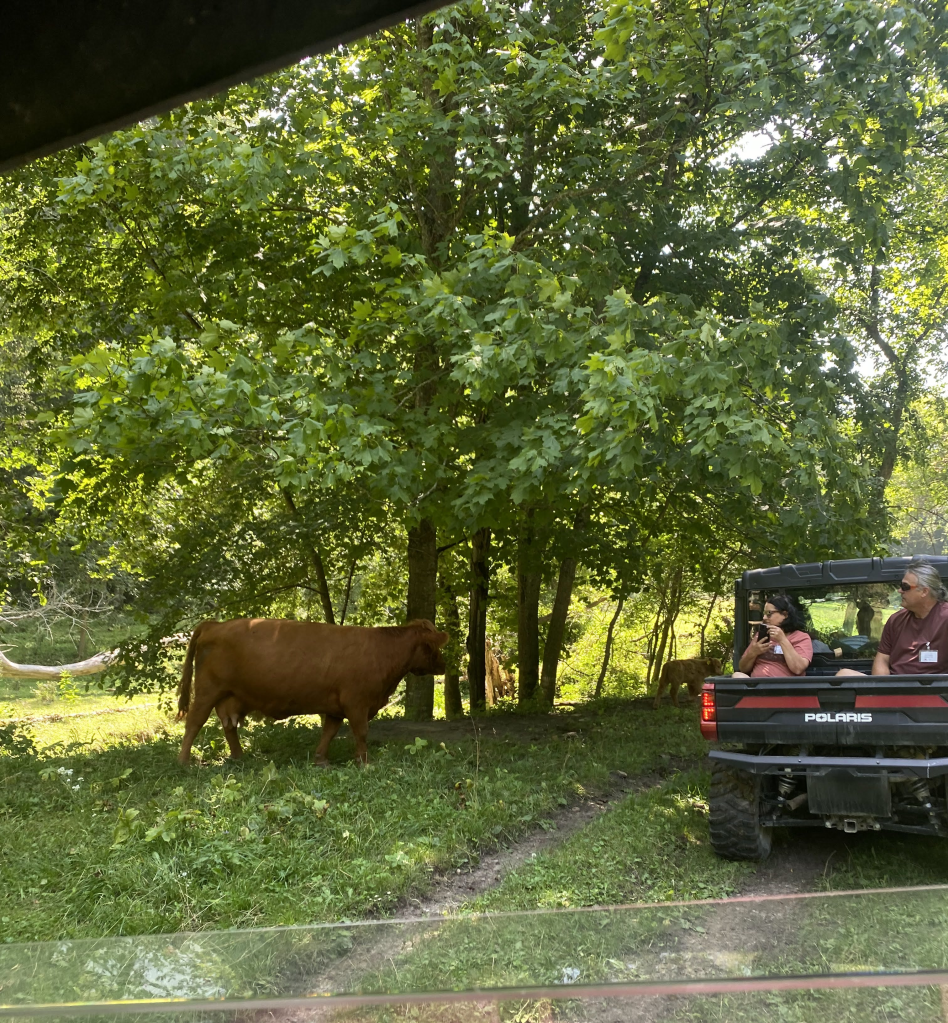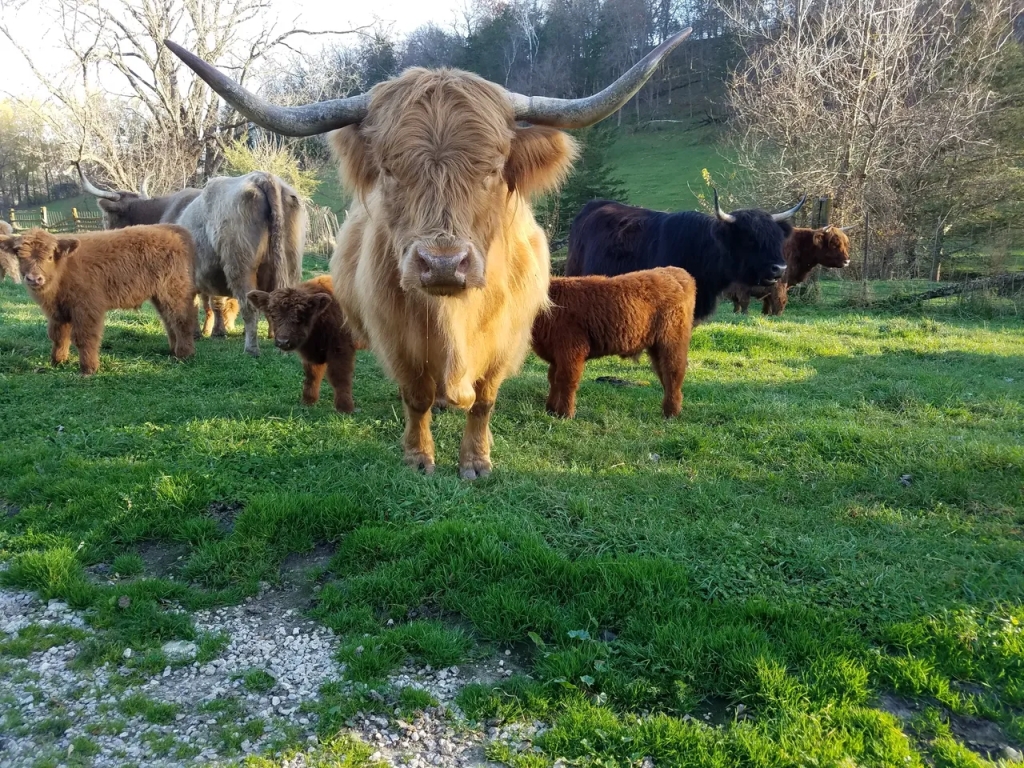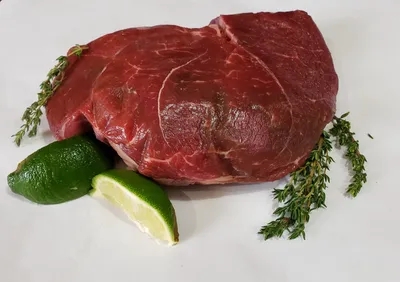This summer, the Iowa Agriculture Literacy Foundation (IALF) team was busy traveling across the state of Iowa to host 7 different teacher professional development workshops. Each workshop had a unique theme and showcased the diversity of Iowa agriculture. For me, as a new member of the IALF team, it was a great way to get out and meet Ag in the Classroom staff members, area educators, and local businesspeople and farmers. I had such a great experience travelling across the state, sharing and learning about agriculture!
Although I thoroughly enjoyed each place I visited over the summer, Highland View Farms in Decorah really stuck out to me. While visiting the farm, we rode down to the pasture in-by-sides to see and interact with the fold of Highland cattle. We were also able to talk with Steve, the farmer, and his family about the behavior and nutrition of Highland cattle. We ended our tour by snacking on tasty beef sticks! This tour stop piqued my curiosity and got me interested to learn more about Highland cattle.
Highland Cattle 101
The Highland breed is native to the Highland region of Scotland (this is how they got their name!). Thanks to their long, shaggy coats, they are able to thrive in cold, wet climates. This, along with their ability to live on rough forage, made them a well-known and sought after breed in the late 1800s. This popularity brought them to North America in the 1880s. Here they were used to improve pastures in the northern United States and Canada by feeding on pest plants like poison ivy and blackberry vines.
Highland cattle are considered a medium-sized breed. Cows on average weigh between 900 and 1,300 pounds while bulls weigh between 1,500 and 2,000 pounds. Being smaller in size and having a more forage-based diet, Highland beef is lean with high contents of protein and iron. In addition to their diets, their long, shaggy coats also contribute to the fat content of their beef. Common breeds such as Angus and Hereford cattle develop a layer of fat along their backs to keep themselves warm. Highlands, however, have a double coat of hair with an inner layer to keep them warm and insulated, thus removing the need for a fat layer. This means that any fat they have is intramuscular, or what we know as marbling. This allows Highland beef to have a lower fat content, but still remain tender and juicy!
How to Prepare Highland Beef
Due to the lower fat content, Highland beef tends to cook up to 30% faster than other beef bought at the store. Highland View Farms recommends keeping grills at medium to low heat when grilling, and roasting at 50 degrees lower than traditional beef recipes recommend. Additional ways to ensure juicy, tasty Highland beef is to let the meat come to room temperature before cooking and letting the beef rest after it has been fully cooked.
Highland View Farms has a variety of recipes on their website that have been tested and sent in by customers. One of the recipes I would like to try is their French Dip Roast!
Broth or stock (enough to cover the roast)
2 Sprigs of thyme
2 Sprigs of oregano
1 tsp garlic powder
1 tsp pepper
½ cup soy sauce
Fresh Rolls
Directions
Mix spices, soy sauce, and broth in a slow cooker. Add roast and cook in a crockpot on low for 7 – 8 hours. Remove roast and use two forks to shred meat. Place meat in a container with enough broth to cover. Butter the rolls and toast. Place desired amount of meat on each roll. Ladle broth into small dishes for dipping. Dip sandwiches into broth and enjoy! For a change of pace, sauté onions and green peppers to add to your sandwich. A slice of provolone cheese adds another dimension of flavor.
Create your own recipe!
The High Steaks Beef Marketing Competition is a great way to learn more about beef cattle, like Highlands, and the nutritional value of beef! Participants in the competition create a new beef product/recipe and develop a marketing plan to sell their new product. Submissions for High Steaks are now open and will remain open until March 15! More information about High Steaks can be found here!
~Alex


